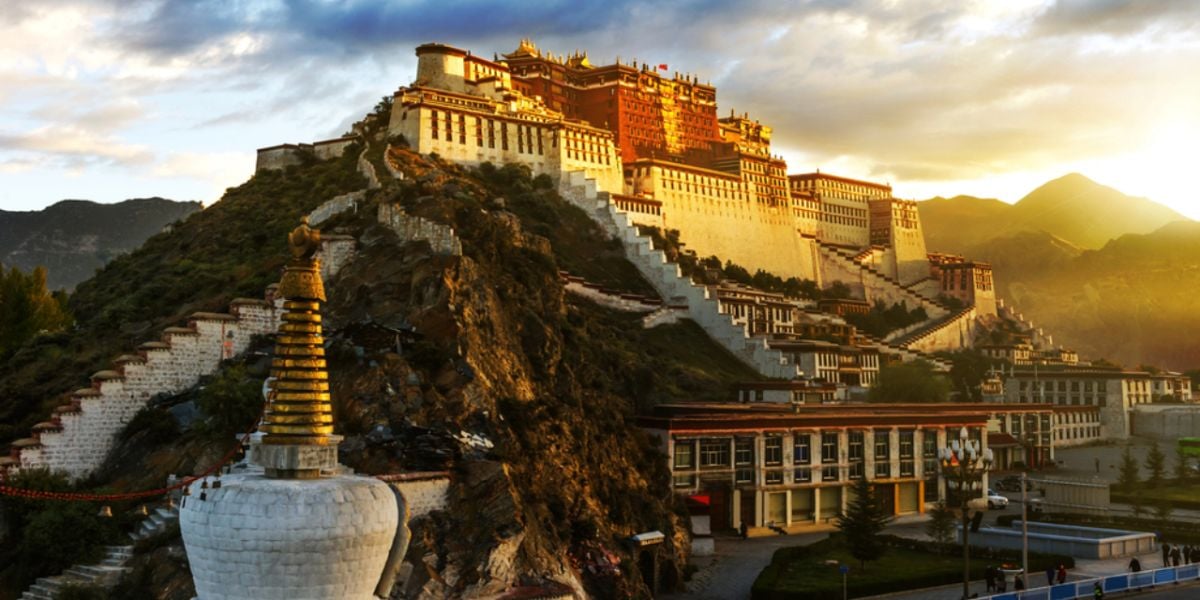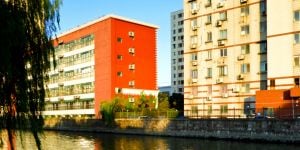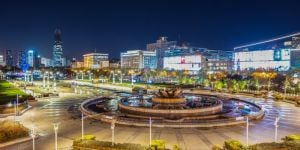
Mysterious, spiritual and perched 4,900 meters (16,000 ft) above sea level, Tibet has been nicknamed “The Roof of the World” and attracts adventurers from around the globe. Whether you are lured by the exploits of Tintin in Tibet or eager to test the legend of the Abominable Snowman firsthand, here's what you need to know about this enchanting oasis in the Northern Himalayas.
Tibet is the highest region on Earth and home to the world's tallest mountain, Mount Everest, rising 8,848 m (29,029 ft) above sea level. Tibet's capital is the city of Lhasa, sitting atop Red Mountain and home to Potala Palace, once the winter home of the Dalai Lama.
Geography and history of Tibet
Tibet Autonomous Region (TAR), or Xizang Zizhiqu in Chinese, is an autonomous region of China located in Central Asia and bordering the Chinese provinces of Qinghai, Sichuan and Yunnan, as well as Myanmar, India, Bhutan, Nepal, Kashmir and Uygur Autonomous Region of Xinjiang.
Up to the 1950s, Tibet was a mostly closed religious community with little communication with the outside world.
In the 1950s, the region was incorporated into the People's Republic of China and has remained China's autonomous region until today. Note that Tibet's incorporation into China is a controversial issue in the region, which has resulted in travel restrictions to Tibet.
Population and language of Tibet
Around 3.2 million people live in Tibet, with ethnic Tibetans constituting over 90% of the population. Standard Tibetan (also known as Lhasa Tibetan) is the most widely spoken language in the area and the official language of the Tibet Autonomous Region of the People's Republic of China.
The region's main religion is Tibetan Buddhism, while a smaller number of people practice the indigenous religion of Bon as well as Islam. There is also a small Christian community in the eastern part of Tibet.
Economy of Tibet
The Tibetan economy is mainly based on agriculture, that is, wheat, cereals, vegetables and fruit cultivation, as well as yak, camel, horse, sheep and cattle breeding. Construction and food production also contribute to the region's economy, among other industries. Tibet also has many natural resources, such as lead, zinc, dry coal, copper, oil and gold, as well as countless water resources. Moreover, forests are exploited for timber production and export.
Climate and the best time to visit Tibet
As with most highland regions, the climate of Tibet varies from area to area, and even within a single day, temperatures have been known to fluctuate a lot. Southeastern Tibet boasts a temperate climate with an average temperature of 8°C (46°F), while the west is colder at an average of 0°C (32°F). Lhasa and Central Tibet are considered the most travel-friendly in terms of weather conditions.
The best time to visit Tibet varies depending on the purpose of your travel. April through October offer the best weather conditions, with most areas easily accessible, including Mount Everest and Lake Namtso. For those wishing to witness some of Tibet's popular festivals like the Tibetan New Year or the Shoton Festival, it would be necessary to consult the Tibetan lunar calendar for updated festival schedules. Winter is the low-cost season with cheaper accommodation, flights and tours. You will also get a chance to bear witness to an incredible sight: Tibetan pilgrims pouring into Lhasa, namely the Jokhang Temple.
Tourism in Tibet
Tourism is one of the pillar industries in the region, accounting for over 20% of Tibet's GDP, with more than 330,000 people (11% of the population) employed in the tourism sector. The region was first opened to foreign visitors in 1984. Foreigners visit Tibet mainly for its environment, landscapes, as well as Tibetan culture and architecture.
Travel permit and restrictions for Tibet
In addition to a valid passport and a Chinese visa, non-Chinese nationals require a permit to go to Tibet. The permit is issued only for group tours with a Chinese guide; you cannot explore the region on your own. Journalists, diplomats, media photographers and government officials are not allowed to enter the region. Acquiring the permit may take from 7 to 20 days and can be done through any Tibetan travel agency where you will be required to book a tour first. Tibet travel permit only grants visitors access to Lhasa city, and another permit (Aliens' Travel Permit) is required for travel to further areas like Shigatse and Nyingchi. You can apply for a travel permit through a travel agency: note that permit fees apply.
What to see in Tibet
Despite the restrictions and paperwork associated with travel to the region, Tibet is a popular destination for tourism and is home to a variety of natural, historical and cultural attractions.
Potala Palace is known as the symbol of Tibet; this majestic white building is home to numerous historical artifacts and religious jewelry. The attraction is included in almost all tour itineraries.
Barkhor Street is part of the pilgrimage circuit and houses an abundance of street stalls selling souvenirs from the region and neighboring Nepal.
Monasteries and temples: Jokhang Temple is considered the most sacred among Tibetans and the focal point of the winter pilgrimage. Sera Monastery is a popular destination offering a unique inside look into the traditional monks' debate taking place in the courtyard. Samye Monastery is the birthplace of Tibetan Buddhism and the region's very first monastery. Surrounded by cliffs and dunes, it's also a popular destination for breathtaking views.
Lake Yamdrok is known for its striking natural scenery and deep turquoise waters surrounded by traditional farming villages.
Traditions and taboos in Tibet
Tibet's unique culture and traditions dictate a particular way of conduct that visitors are encouraged to follow.
You are advised not to take photos of people without permission, and photography in most monasteries is also forbidden unless you pay a fee.
Some of the other don'ts include: not stepping on the threshold when entering a home or monastery, not touching a person's head (the head is considered to be the most sacred part of the body), and not shooing away or hurting eagles (Tibet's holy birds).
When addressing the locals, adding the particle 'la' at the end of their name is a sign of respect.
And don't be surprised when Tibetans stick their tongue out at you — it's a traditional form of greeting.
As more and more tourists visit the region, the local people are getting more accustomed to foreign habits. However, it's still recommended to keep in line with the local way of life and be polite and respectful of Tibetan customs.
Useful links:
We do our best to provide accurate and up to date information. However, if you have noticed any inaccuracies in this article, please let us know in the comments section below.








